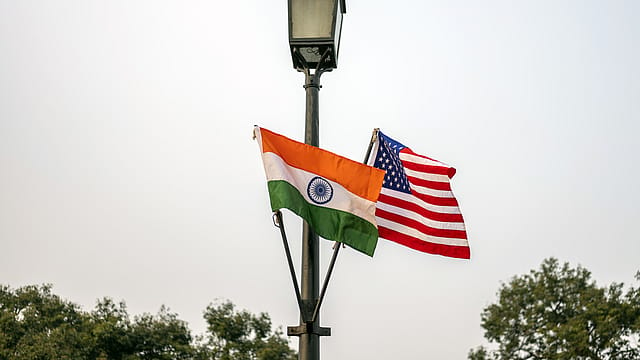India's U.S. exports face 6.4% drop under Trump tariffs – textiles, pharma could buck the trend
ADVERTISEMENT

U.S President Donald Trump’s tariff war against global trade could see Indian exports to the U.S decline $5.76 billion, or 6.41%, in 2025, according to the estimates from the New Delhi-based think tank Global Trade Research Initiative (GTRI).
Several key product groups are likely to see reductions. Exports of fish and crustaceans may fall by 20.2%, iron or steel articles by 18.0%, and diamonds, gold, and related products by 15.3%. Vehicle and parts exports are projected to drop by 12.1%, while electrical, telecom, and electronic products may decline by 12.0%. Other categories such as plastics and articles thereof (-9.4%), carpets (-6.3%), petroleum products (-5.2%), organic chemicals (-2.2%), and machinery (-2.0%) are also expected to be negatively impacted, GTRI estimates.
However, there are pockets of opportunity amid the disruption. India could see modest export gains in sectors where the U.S. has raised tariffs on competing countries. These include textiles made up (4.2%), apparel (3.2%), ceramic products (3.1%), albuminoidal substances, glues, and enzymes (3%), inorganic chemicals (3%), and pharmaceuticals (2.1%).
The study has evaluated sector-specific exposure, changes in tariff rates, and competitive dynamics involving key players like China, Mexico, and Canada to assess the impact of the newly announced U.S. tariffs on India’s merchandise exports. The analysis is based on Trade Data as reported by U.S. in 2024, which said India exported $ 89.81 billion worth of goods to the U.S last year.
Last week, Trump had stated that key industrial goods such as steel, aluminum, automobiles, and auto parts will continue to be subject to a 25% tariff. The remaining basket of goods – except some exceptions - valued at $67.2 billion or 74.8% of total trade were slapped with a 26% tariff. Energy products—including petroleum, solar panels, and pharmaceuticals —as well as copper, were the products that have been exempted from country-specific tariffs for now.
December 2025
The annual Fortune 500 India list, the definitive compendium of corporate performance, is out. This year, the cumulative revenue of the Fortune 500 India companies has breached $2 trillion for the first time. Plus, find out which are the Best B-schools in India.
The limitation of the study is that it assumes that all other factors—such as exchange rates, global demand, supply chain dynamics, non-tariff barriers—and even U.S. tariffs remain constant, which may not hold true in real-world trade scenarios. It also does not account for how quickly Indian exporters can adapt, shift markets, or adjust pricing strategies in response to tariff changes. Also, as GTRI report itself explains, the analysis relies on current trade data, which may not fully capture the complexities of evolving global trade relationships or future policy shifts. The study also does not take into account the possibility of a positive outcome of India-U.S. Bilateral Trade Agreement (BTA) talks, which may buffer or delay the full impact of tariffs, making short-term projections less precise.
